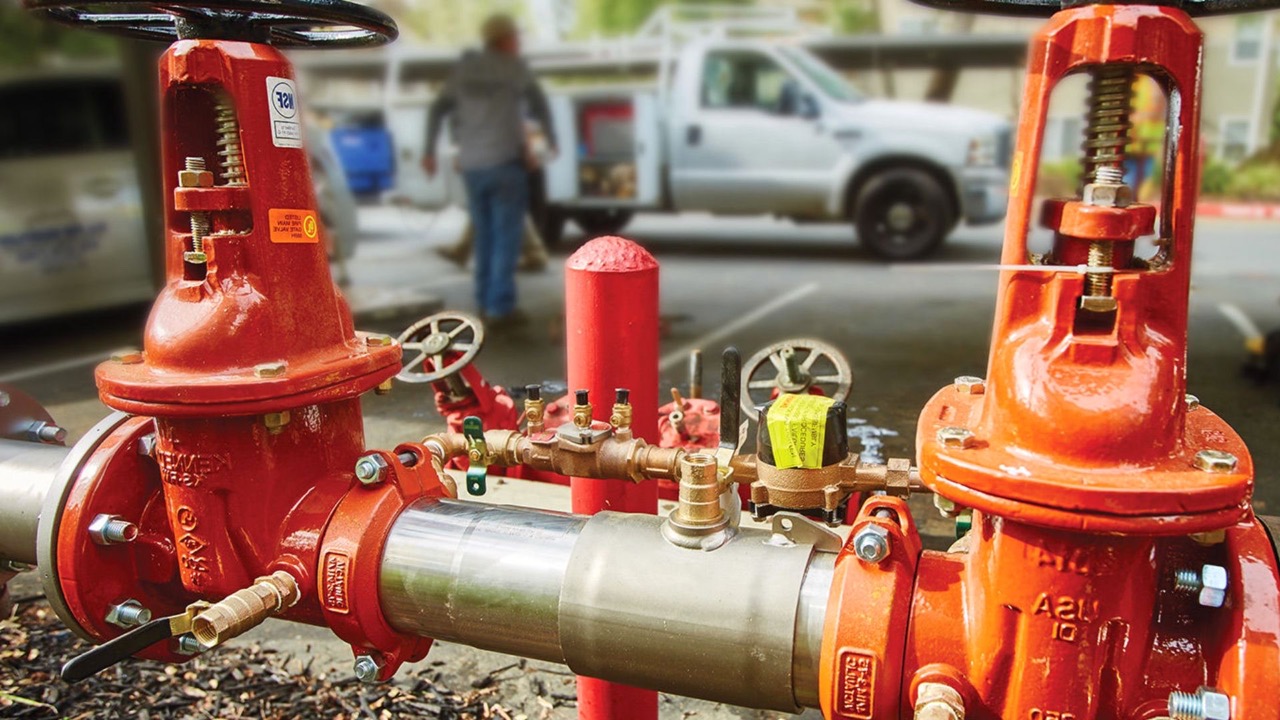

Articles
Which Plumbing Device Helps Prevent Backflow
Modified: December 7, 2023
Discover how articles about plumbing devices can help prevent backflow and protect your home's water supply. Explore different options and find the best solution for your needs.
(Many of the links in this article redirect to a specific reviewed product. Your purchase of these products through affiliate links helps to generate commission for Storables.com, at no extra cost. Learn more)
Introduction
Backflow is a serious concern in plumbing systems that can have detrimental effects on the quality of our water supply. When there is a reversal of water flow, contaminants can enter the clean water lines, posing risks to public health. To prevent this from happening, various plumbing devices have been developed to ensure backflow prevention.
In this article, we will explore the importance of backflow prevention and discuss the different types of plumbing devices that are commonly used to mitigate this issue. Understanding these devices will not only help you safeguard your water supply but also ensure that your plumbing system is in compliance with local regulations.
Let’s dive deeper into the world of backflow prevention!
Key Takeaways:
- Backflow prevention is crucial for safeguarding public health, legal compliance, and environmental protection. Understanding the different plumbing devices available can help ensure the safety and integrity of our water supply.
- Pressure vacuum breakers, reduced pressure zone assemblies, double check valve assemblies, and air gaps are effective tools for preventing backflow. Consulting with professionals and adhering to regulations is essential for proper installation and maintenance.
Read more: What Is A Backflow In Plumbing
What is Backflow?
Backflow in plumbing refers to the unwanted reversal of water flow, where water from a contaminated source flows back into the clean water supply lines. This reversal can occur due to changes in water pressure, such as a drop in municipal supply pressure or an increase in pressure from a connected source.
When backflow occurs, it can lead to the contamination of the potable water supply with non-potable water, chemicals, bacteria, or other harmful substances. This poses a significant health risk to consumers who rely on clean water for drinking, cooking, and other everyday activities.
There are two types of backflow:
- Backsiphonage: This occurs when there is a negative pressure situation that causes a vacuum in the plumbing system. This can happen when there is a sudden drop in municipal water pressure or when a large amount of water is being used simultaneously in a building, creating a vacuum that pulls water from a contaminated source.
- Back pressure: This occurs when there is higher than normal pressure in the plumbing system, which can force water to reverse its flow and enter the clean water supply. This can happen when a connected source, such as a boiler or irrigation system, has a higher pressure than the municipal supply.
Both backsiphonage and back pressure situations can be dangerous and can result in the contamination of the water supply with chemicals, bacteria, pesticides, fertilizers, or other hazardous substances.
Therefore, effective backflow prevention measures are crucial to protect public health and ensure the integrity of our clean water supply.
Importance of Backflow Prevention
Backflow prevention is vital for maintaining the safety and quality of our drinking water. Here are some key reasons why backflow prevention is of utmost importance:
- Health and safety: Backflow can result in the contamination of drinking water with harmful substances, such as chemicals, bacteria, or sewage. Consuming contaminated water can lead to serious health problems, including gastrointestinal issues, infections, and even long-term diseases. Backflow prevention devices play a crucial role in safeguarding public health and preventing waterborne illnesses.
- Legal compliance: Many countries and local municipalities have implemented regulations and building codes that require the installation of backflow prevention devices. Compliance with these regulations ensures that your plumbing system meets the necessary standards and reduces the risk of penalties or legal consequences.
- Protection of water infrastructure: Backflow can not only contaminate the water supply but also damage the infrastructure of the plumbing system. The influx of unwanted substances can cause corrosion, clogs, and damage to pipes, valves, and other components, leading to costly repairs and service disruptions. Backflow prevention devices help maintain the integrity and longevity of the water distribution system.
- Environmental protection: Backflow contamination can also have a negative impact on the environment. The introduction of chemicals, pesticides, or other pollutants into the water supply can harm aquatic life, plants, and ecosystems. By preventing backflow, we can preserve the natural environment and ensure the sustainability of our water resources.
- Peace of mind: Installing backflow prevention devices provides homeowners and property owners with peace of mind. Knowing that measures are in place to protect the quality of your drinking water eliminates worries about potential health hazards. It allows you to use water with confidence, knowing it is safe for consumption and other domestic uses.
Overall, backflow prevention is essential for maintaining the health, safety, and integrity of our water supply. By implementing the appropriate backflow prevention devices, we can create a reliable and sustainable water system for communities. It is a responsibility that shouldn’t be overlooked or taken lightly.
Types of Plumbing Devices for Backflow Prevention
There are several different types of plumbing devices that are commonly used for backflow prevention. These devices are designed to prevent the reversal of water flow and ensure the integrity of our drinking water supply. Let’s take a closer look at some of the most commonly used backflow prevention devices:
- Pressure Vacuum Breaker (PVB): A pressure vacuum breaker is a mechanical backflow prevention device that operates by creating an air gap between the water supply and any potential contaminants. It consists of a check valve and an air inlet valve, which work together to release any backpressure or backsiphonage and prevent the contaminated water from flowing back into the clean water supply.
- Reduced Pressure Zone (RPZ) Assembly: An RPZ assembly is an advanced backflow prevention device that provides superior protection against backflow. It utilizes two check valves and a relief valve to create a zone of reduced pressure between the contaminated source and the clean water supply. This assembly ensures that, even if there is a drop in pressure, the backflow is prevented, and the water supply remains safe.
- Double Check Valve Assembly (DCVA): The double check valve assembly is another commonly used backflow prevention device. It consists of two check valves that work together to prevent backflow. This assembly is often used in non-health hazard applications, such as irrigation systems or fire sprinkler systems.
- Air Gap: An air gap is considered the most effective method for preventing backflow. It creates a physical separation between the water supply and any potential contaminants. In an air gap configuration, the water outlet must be positioned higher than the overflow level of the receiving fixture or container, ensuring that water cannot flow back into the supply lines.
Each of these plumbing devices serves a specific purpose in preventing backflow and maintaining the safety of our water supply. The choice of which device to use depends on various factors, including the degree of risk and the specific requirements of the plumbing system.
It is essential to consult with a licensed plumber or a knowledgeable professional to determine the appropriate backflow prevention device for your specific plumbing system and ensure compliance with local regulations.
Pressure Vacuum Breaker (PVB)
A pressure vacuum breaker (PVB) is a widely used plumbing device for backflow prevention. It is designed to protect the potable water supply from the risk of contamination due to backflow. The PVB creates an air gap, which prevents the flow of water from a contaminated source back into the clean water supply.
The key components of a PVB include a check valve, an air inlet valve, and a body chamber. The check valve allows water to flow in one direction, from the supply lines to the outlet. The air inlet valve, on the other hand, opens to allow air into the body chamber when there is a reduction in pressure or backsiphonage occurs.
When the water supply pressure is normal and there is no risk of backflow, the check valve remains closed, preventing any water from flowing back into the supply lines. However, when there is a drop in pressure or a negative pressure situation occurs, the air inlet valve opens. This creates a break in the water flow and establishes an air gap between the supply lines and the potentially contaminated source.
The PVB is typically installed above ground and is often used in outdoor irrigation systems, residential sprinkler systems, or other non-health hazard applications. It offers a cost-effective and reliable solution for backflow prevention in such situations.
It is important to note that PVBs are subject to state and local regulations. They must be properly installed, tested, and maintained to ensure their effectiveness. Periodic inspections and testing by a licensed plumber are necessary to ensure that the PVB is functioning correctly and providing the necessary level of protection.
By incorporating a pressure vacuum breaker into your plumbing system, you can significantly reduce the risk of backflow and protect the quality and safety of your potable water supply. Consulting with a professional plumber can help you determine if a PVB is the right choice for your specific application, and ensure compliance with all relevant codes and regulations.
Install a backflow preventer valve on your main water line to prevent contaminated water from flowing back into your plumbing system. Regular maintenance is key to ensure it functions properly.
Reduced Pressure Zone (RPZ) Assembly
A Reduced Pressure Zone (RPZ) assembly is an advanced plumbing device used for backflow prevention. It offers a high level of protection against the reversal of water flow and helps maintain the integrity of the potable water supply. The RPZ assembly creates a zone of reduced pressure, effectively preventing any contamination from entering the clean water lines.
Unlike some other backflow prevention devices, the RPZ assembly consists of multiple components, including two check valves and a relief valve. These components work together to ensure the prevention of backflow in both backpressure and backsiphonage situations.
The first check valve in the RPZ assembly prevents water from flowing back into the supply lines. The second check valve, located downstream from the first one, serves as an additional barrier against backflow. Between these two check valves, there is a chamber known as the zone of reduced pressure.
In the event of a pressure drop or backsiphonage, the pressure in the zone of reduced pressure is maintained below the supply pressure. This creates a hydraulic barrier that prevents the contaminants from flowing back into the clean water supply. If there is an increase in pressure beyond a certain threshold, the relief valve opens, releasing the excess pressure and ensuring that the zone of reduced pressure is maintained.
RPZ assemblies are often required in critical applications where there is a significant risk of backflow contamination, such as commercial buildings, hospitals, and industrial facilities. They provide a high level of protection and meet the stringent standards set by regulatory authorities for backflow prevention.
It is important to note that RPZ assemblies require regular inspection and testing by a certified backflow prevention specialist. The testing ensures that the assembly is functioning correctly and providing the necessary level of protection. Any malfunction or failure can result in the contamination of the water supply, making regular maintenance and testing essential.
When considering backflow prevention for your plumbing system, consult with a licensed plumber or backflow prevention specialist to determine if an RPZ assembly is necessary. They can assess the level of risk and ensure that your system meets all local regulations and requirements for backflow prevention.
Double Check Valve Assembly (DCVA)
A Double Check Valve Assembly (DCVA) is a commonly used plumbing device for backflow prevention. It is designed to protect the potable water supply from the risk of contamination caused by backflow. The DCVA consists of two check valves that work in tandem to prevent the reversal of water flow.
The primary purpose of the DCVA is to provide a mechanical barrier against backflow in non-health hazard applications. It is often used in irrigation systems, fire sprinkler systems, and other situations where the risk of contamination is low.
The two check valves in the assembly are positioned in series, with each valve allowing water to flow in only one direction. When the water supply is functioning normally, both check valves remain closed, ensuring that water does not flow back into the supply lines.
In the event of a drop in water pressure or a backsiphonage situation, the first check valve remains closed, preventing water from flowing back into the supply. However, if there is a backflow occurrence, the second check valve acts as an additional barrier to ensure that contaminated water cannot enter the clean water supply.
DCVAs are relatively simple devices and are typically more affordable compared to other backflow prevention assemblies. While they provide effective protection in non-health hazard applications, it is important to note that they may not offer the same level of protection as more advanced devices like RPZ assemblies.
Regular maintenance and testing of the DCVA are crucial to ensure its effectiveness. A certified backflow prevention specialist should conduct periodic inspections and testing to confirm that the assembly is operating correctly and providing the necessary level of protection against backflow.
When considering backflow prevention for your plumbing system, consult with a licensed plumber or a backflow prevention specialist to determine if a Double Check Valve Assembly is suitable for your specific application. They can evaluate the level of risk and ensure that your system complies with all local regulations and requirements for backflow prevention.
Air Gap
An air gap is a highly effective method for backflow prevention and is considered the gold standard in plumbing systems. It provides a physical separation between the water supply and any potentially contaminated source, ensuring that there is no direct connection that can allow backflow to occur.
The concept of an air gap is simple: the water outlet must be positioned higher than the overflow level of the receiving fixture or container. This elevation creates a visible gap of air between the water supply and the potential contamination source, effectively preventing backflow.
The air gap is commonly used in various applications, including dishwashers, water softeners, and other equipment that requires a connection to the water supply. In these cases, the air gap acts as a reliable barrier against backflow, ensuring that contaminated or non-potable water cannot flow back into the clean water lines.
One of the major advantages of an air gap is its simplicity. It does not rely on any mechanical components or valves, making it less prone to malfunctions or failures. Additionally, the visual presence of the air gap allows for easy inspection, reducing the chances of any unnoticed breaches in backflow prevention.
When installing an air gap, it is essential to ensure that the gap size meets local plumbing codes and requirements. The size of the air gap must be sufficient to prevent any potential contaminants from reaching the clean water supply. Consulting with a licensed plumber is crucial to ensure compliance with these regulations.
Regular maintenance and inspections are necessary to maintain the effectiveness of the air gap. Cleaning the air gap periodically can help prevent obstructions or blockages that could compromise its functionality.
While the air gap is highly effective for backflow prevention, it is important to note that it may not be suitable for all applications, especially in high-risk situations. In such cases, additional backflow prevention devices, such as pressure vacuum breakers or reduced pressure zone assemblies, may be necessary to ensure adequate protection.
Consult with a licensed plumber or a backflow prevention specialist to determine if an air gap is suitable for your specific plumbing system and to identify any additional measures needed for comprehensive backflow prevention.
Conclusion
Backflow prevention is a critical aspect of maintaining the safety and integrity of our drinking water supply. It is essential to understand the risks associated with backflow and the importance of implementing appropriate plumbing devices to prevent contamination.
In this article, we explored the concept of backflow and its potential consequences on public health and the environment. We discussed the significance of backflow prevention, including legal compliance, protection of water infrastructure, and peace of mind for homeowners and property owners.
We also delved into the different types of plumbing devices commonly used for backflow prevention. The Pressure Vacuum Breaker (PVB) creates an air gap to prevent contamination, while the Reduced Pressure Zone (RPZ) Assembly offers advanced protection through multiple valves and a zone of reduced pressure. The Double Check Valve Assembly (DCVA) provides mechanical barriers, and the Air Gap creates a physical separation between the water supply and potential contaminants.
Each of these devices serves a specific purpose and should be chosen based on the level of risk and the specific requirements of the plumbing system. Adhering to local regulations and obtaining professional advice from licensed plumbers or backflow prevention specialists is essential for ensuring the proper selection, installation, and maintenance of these devices.
Remember, backflow prevention is an ongoing responsibility. Regular inspections, testing, and maintenance of the chosen backflow prevention devices are crucial to their effectiveness and the protection of the water supply. By implementing robust backflow prevention measures, we can ensure the safety and quality of our drinking water for both present and future generations.
Let us prioritize backflow prevention to safeguard our health, protect our environment, and preserve the integrity of our water supply.
Frequently Asked Questions about Which Plumbing Device Helps Prevent Backflow
Was this page helpful?
At Storables.com, we guarantee accurate and reliable information. Our content, validated by Expert Board Contributors, is crafted following stringent Editorial Policies. We're committed to providing you with well-researched, expert-backed insights for all your informational needs.
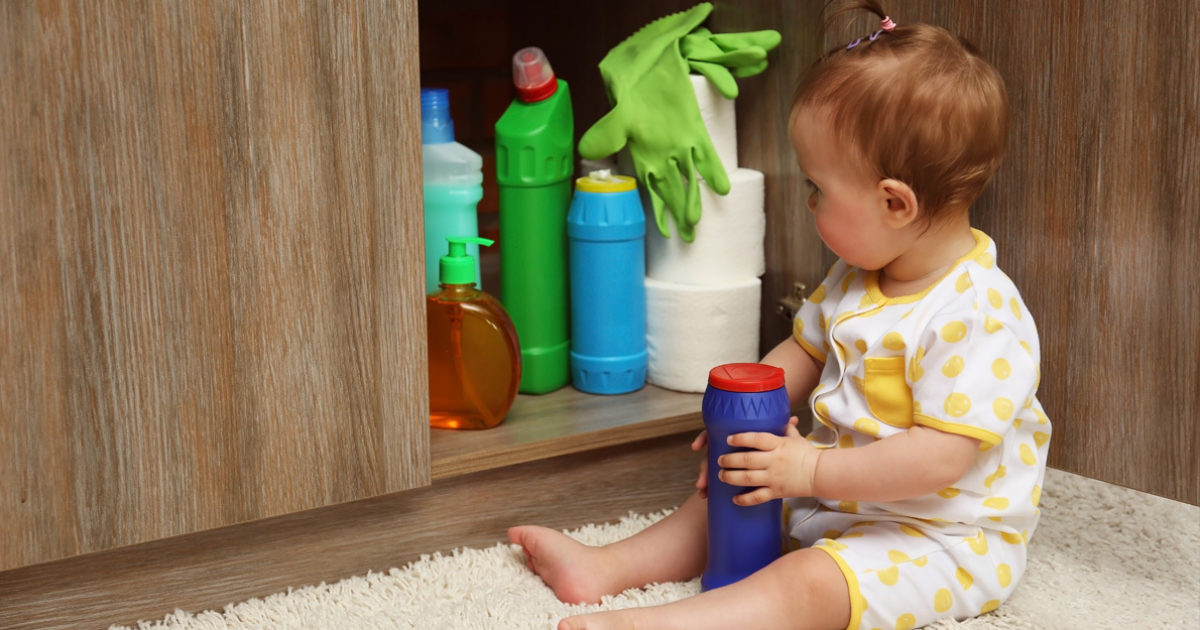

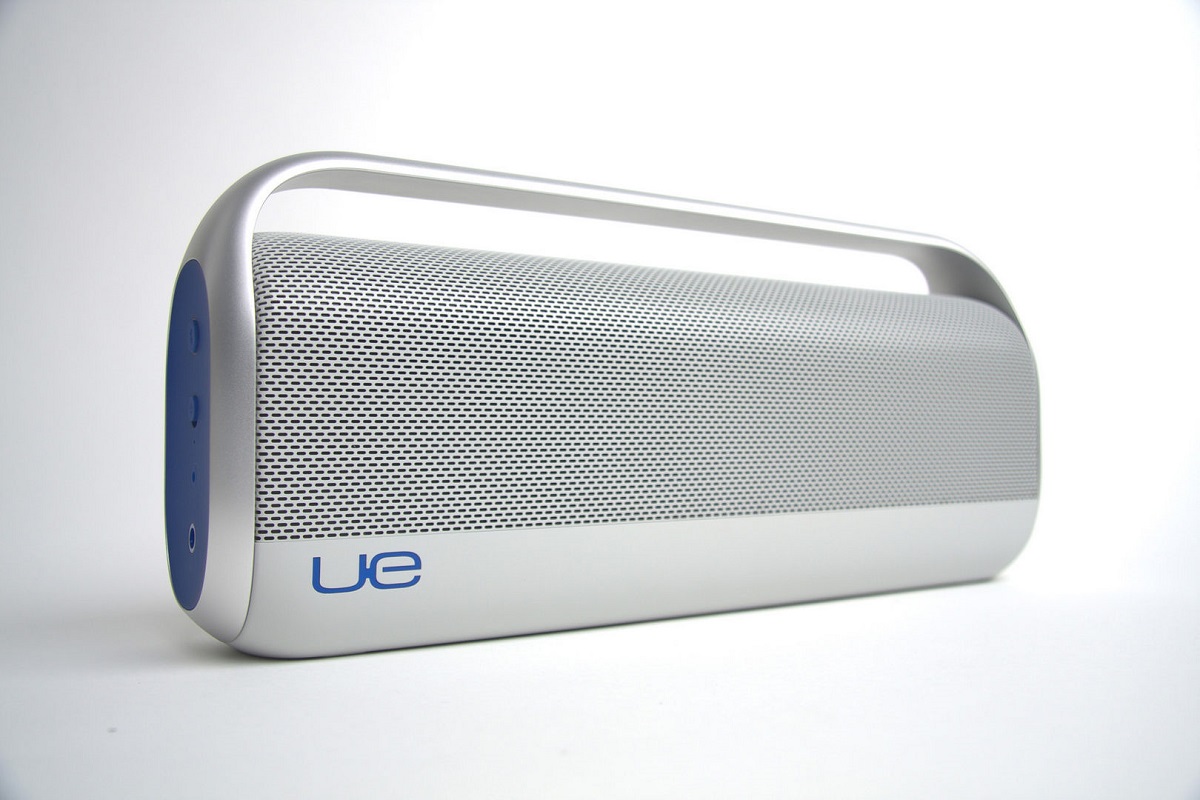

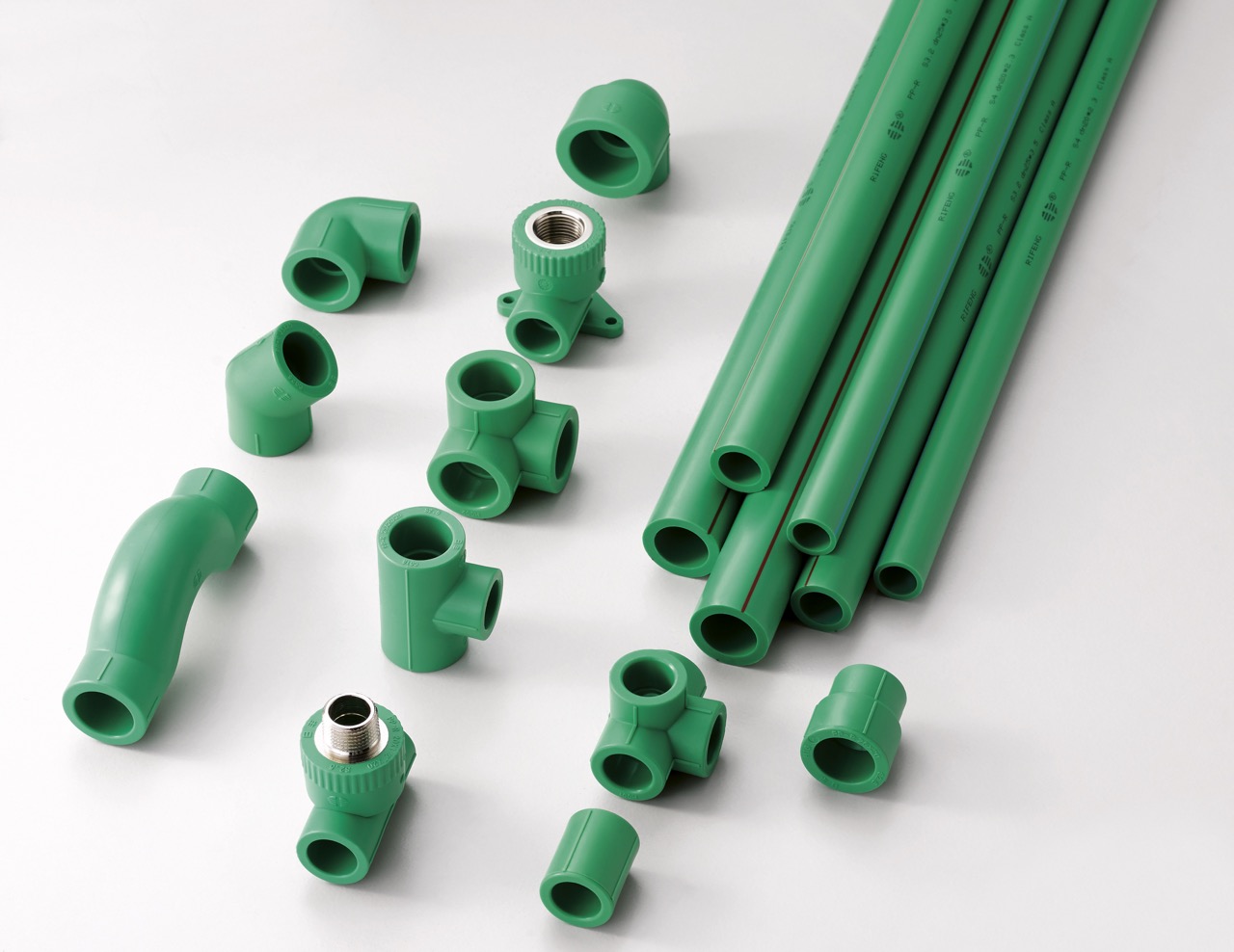

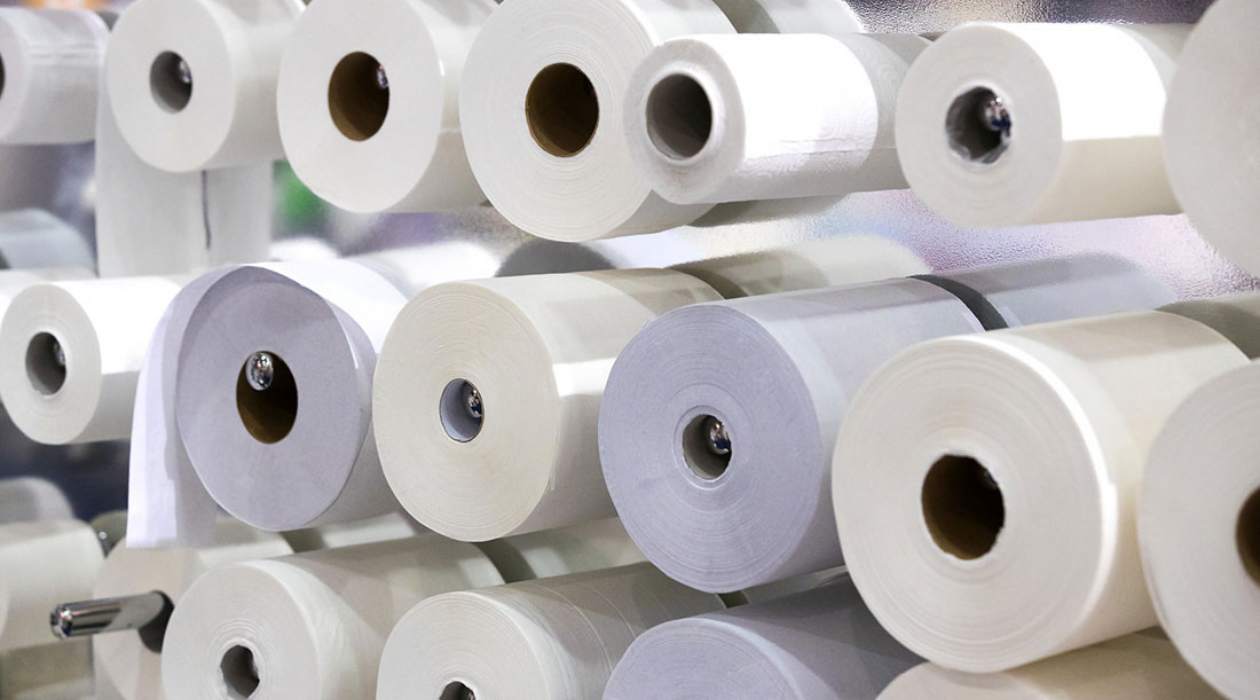
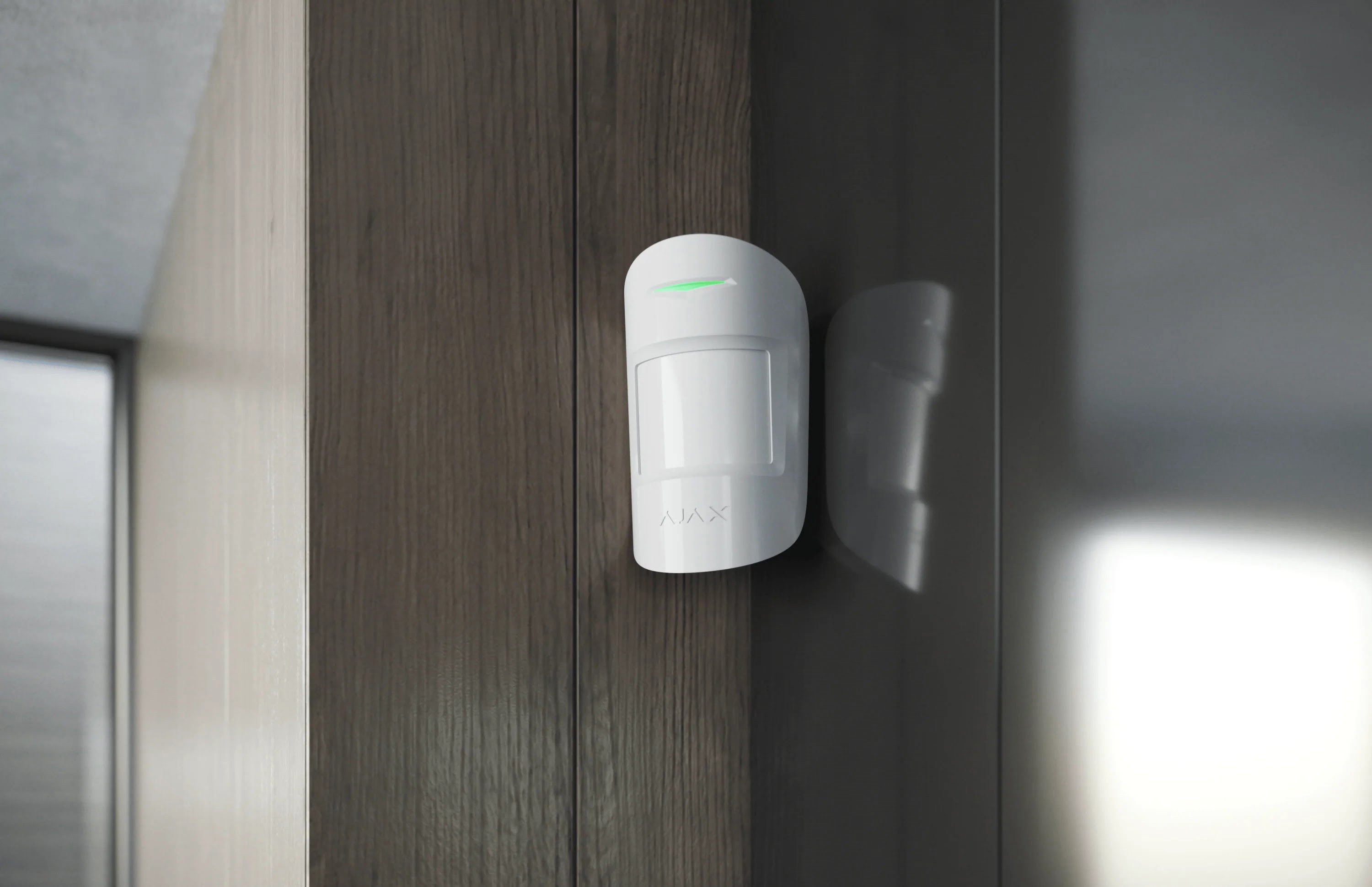
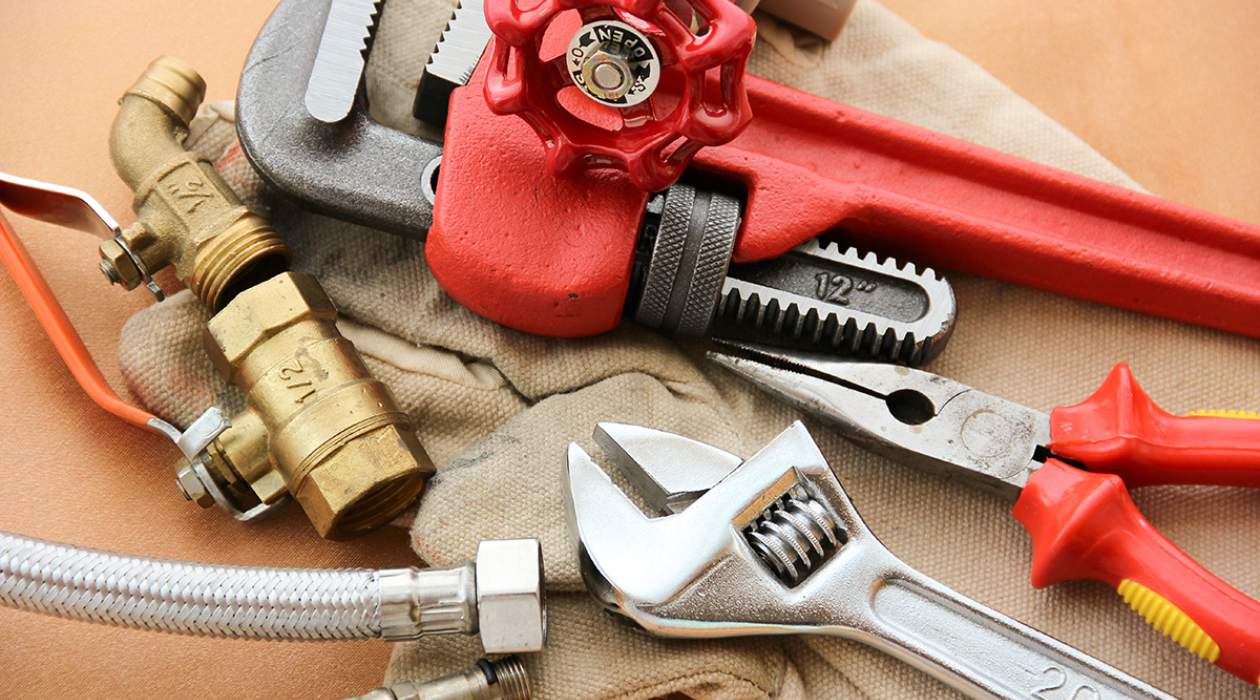
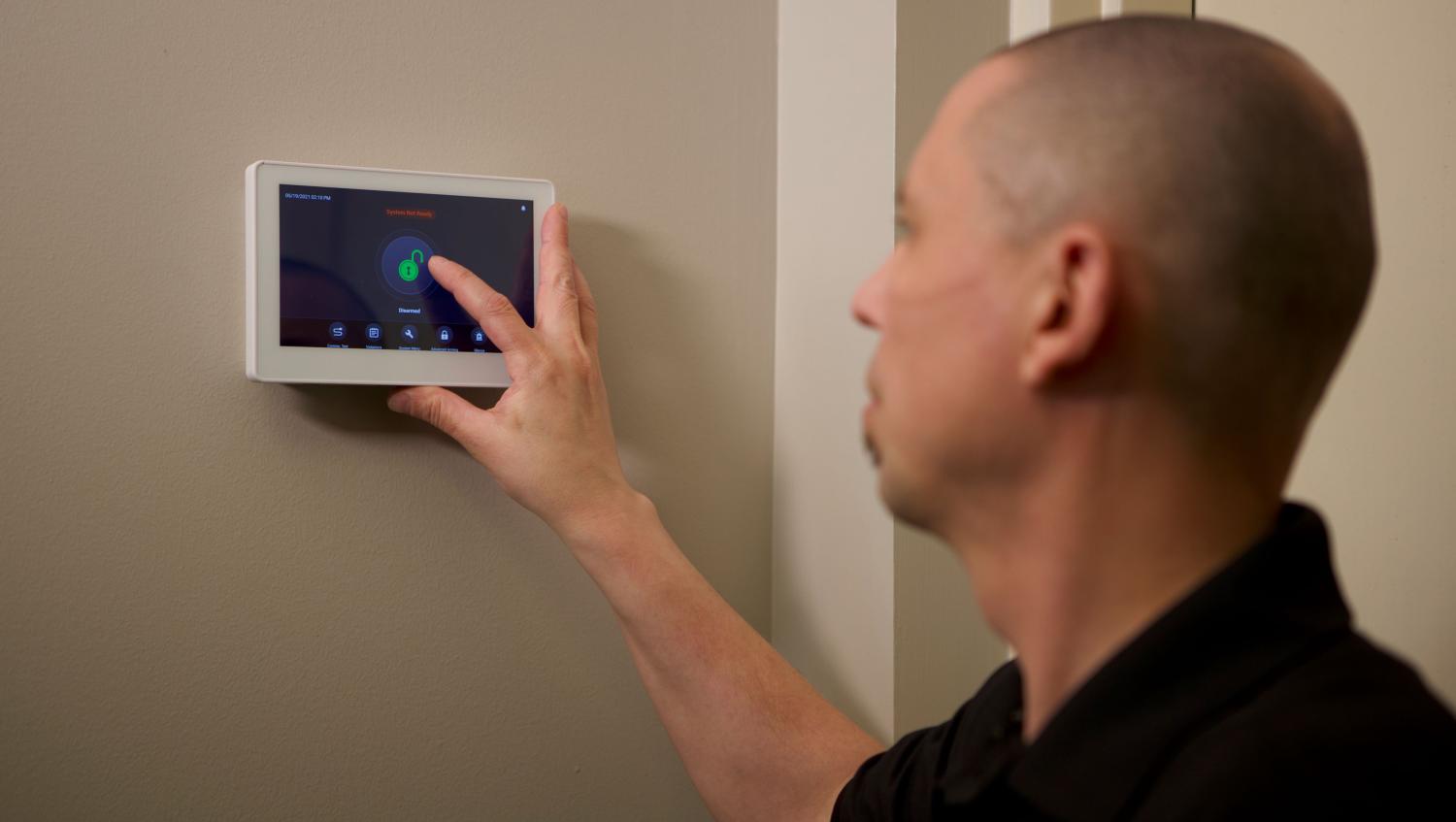

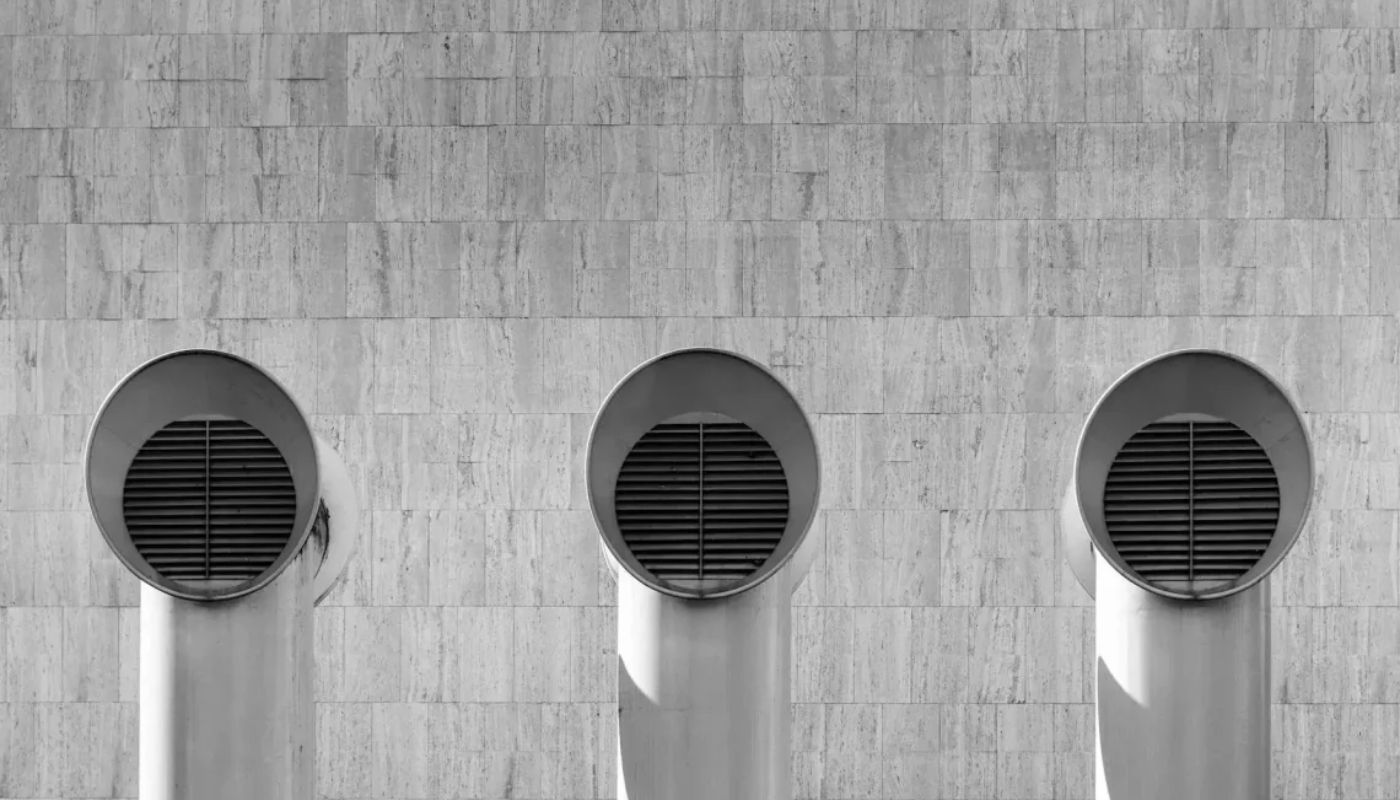
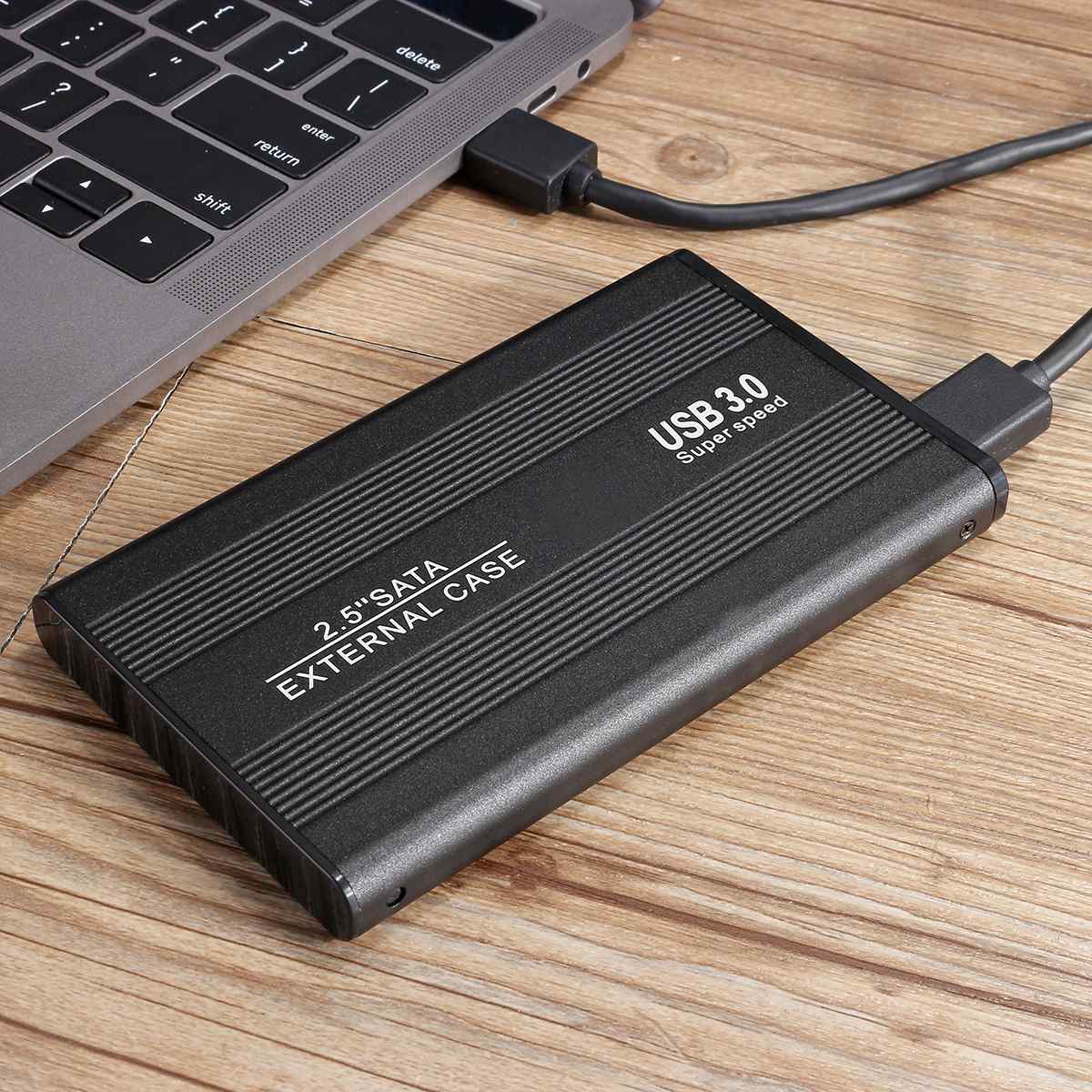
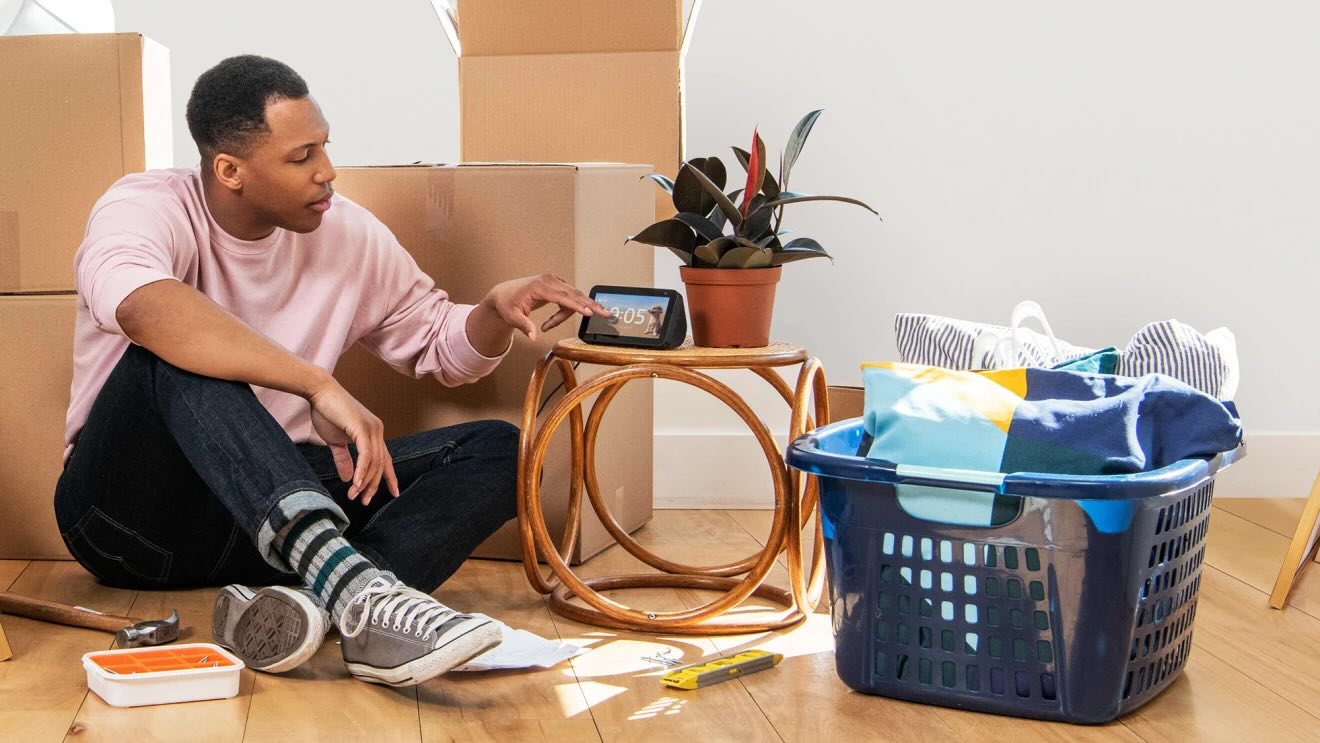

0 thoughts on “Which Plumbing Device Helps Prevent Backflow”